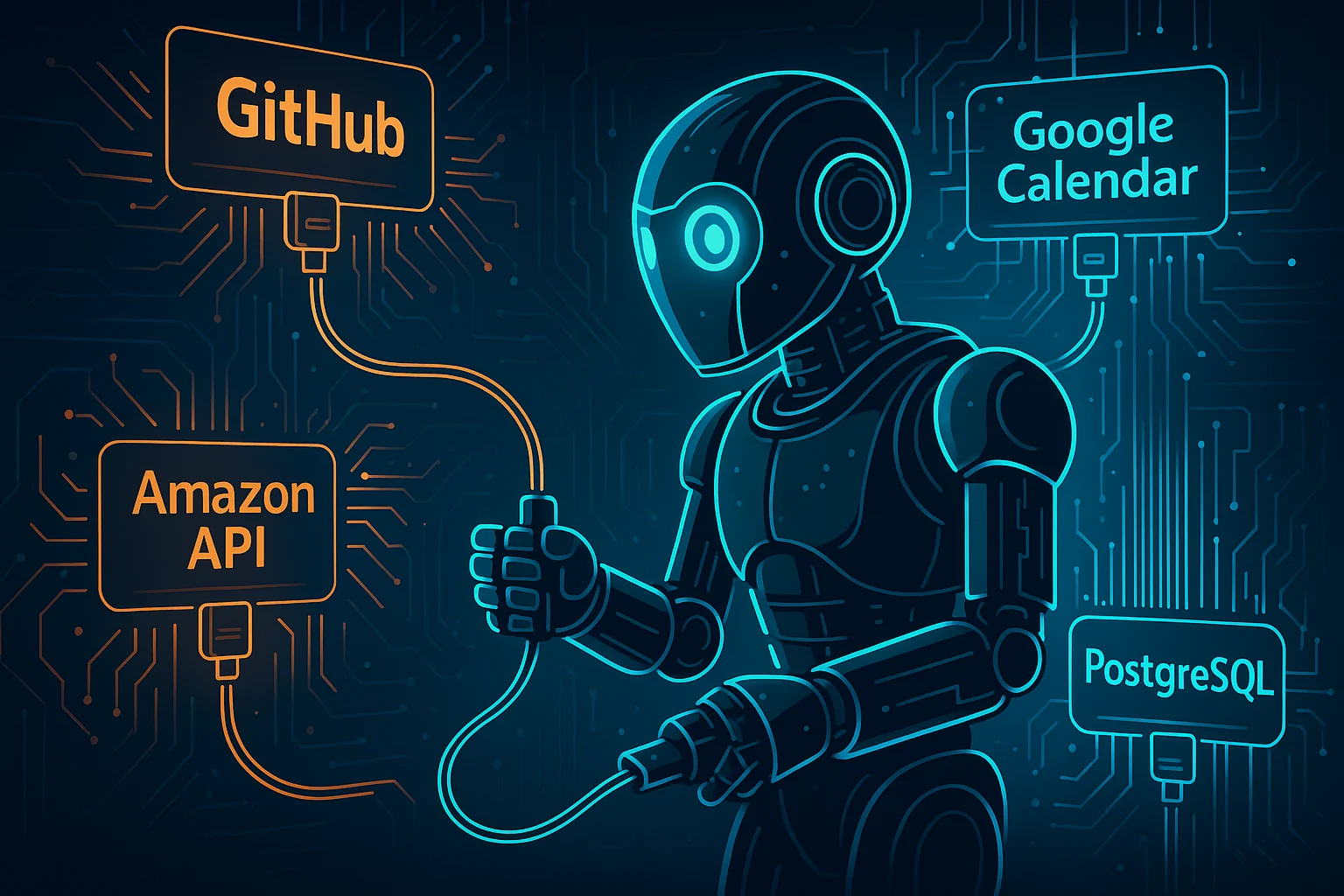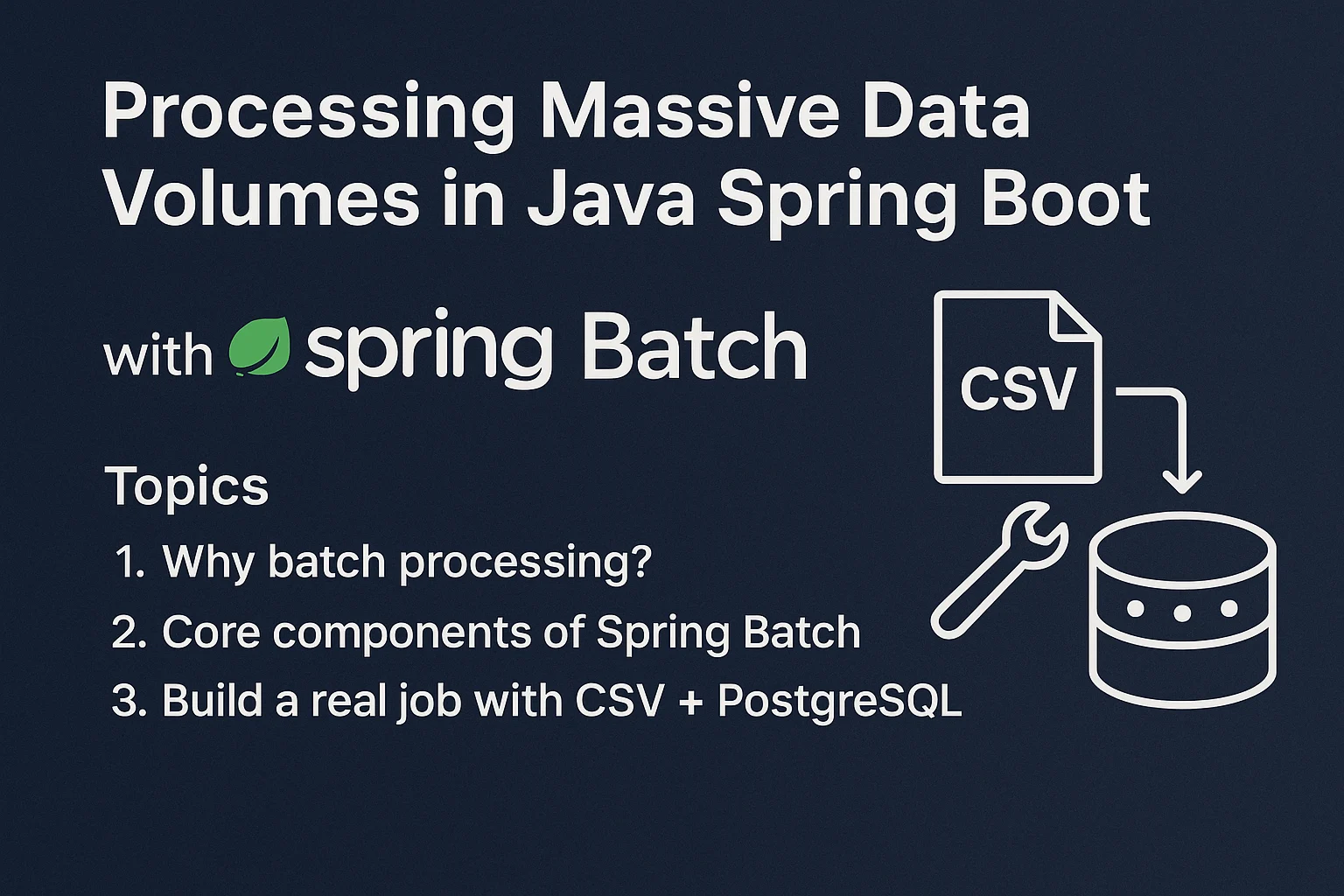I Built an MCP Server for DevTo (100% Open Source)

The Real-World Problem: Empowering Bob with an MCP Server
Bob’s journey began innocently enough on a typical evening, while walking Rufus through his neighborhood. A lively conversation with a fellow developer sparked an idea about managing complex deployments more efficiently. Bob, like many developers, often juggled numerous deployment tools for various projects. This sparked a need—a need to streamline processes under a singular, customizable, open-source solution.
Back in his cozy home office, Bob pondered this over his Debug Juice coffee. A vision crystallized in his mind: to craft a resilient, user-friendly MCP server to bridge the gap between agility and automation in the developer space for DevTo’s community.
Building the MCP Server: Step-by-Step Technical Walkthrough
Implementing such a server requires a robust tech stack. Bob decided on Spring Boot due to its extensive community support and ease in creating stand-alone, production-grade Spring applications.
Step 1: Initial Setup of the Spring Boot Application
Bob began by setting up the basic structure of a Spring Boot application. He utilized Spring Initializr to kickstart his project.
mvn spring-boot:runThis command initiated the project, preparing the environment for robust development.
Step 2: Defining the MCP Server’s Core Features
The roadmap was clear—Bob needed to incorporate functionalities like deployment automation, monitoring, and logging. These were encapsulated within service layers and RESTful APIs.
import org.springframework.web.bind.annotation.RestController;
import org.springframework.web.bind.annotation.RequestMapping;
@RestController
public class DeploymentController {
@RequestMapping("/deploy")
public String deployNow() {
// Logic for deployment automation
return "Deployment initiated!";
}
}
With each line of code, Bob was constructing a narratively driven blueprint for a more efficient development workflow.
Step 3: Configure application.properties
Critical configurations were applied to the application.properties file to ensure seamless integration with necessary tools and databases. Bob typed away, knowing configuration was as much of an art as it was a science.
server.port=8080
spring.datasource.url=jdbc:h2:mem:testdb
spring.datasource.driver-class-name=org.h2.Driver
spring.datasource.username=sa
spring.datasource.password=password
Troubleshooting Tips and Common Pitfalls
Bob, a seasoned troubleshooter, was well aware that even the best plans might hit a snag. Here are more lessons learned from his experience:
- Deployment Delays: Check network configurations and endpoint statuses, as network audience mismatches can cause hangs.
- Configuration Errors: A small typo in your
application.propertiescan lead to major headaches. Bob double-checked syntax and verified settings regularly.
Conclusion: Key Takeaways and Next Steps
In Bob’s journey of building an MCP Server for DevTo (100% Open Source)🎉, he realized the broader value of open-source collaboration—sharing knowledge for collective advancement. Developers desiring to embark on a similar venture have a plethora of resources at their disposal; embracing flexibility, continual learning, and community exchanges is essential.
Now, it’s your turn! Deploy your own instance, tweak configurations to better suit your needs, and contribute your insights back to the community. Happy coding!
#TechBlog #OpenSource #SpringBoot #DevCommunity #SoftwareEngineering #DevOps #BackendDevelopment #CloudComputing #JavaProgramming #ContinuousIntegration #DeploymentAutomation #CodingLife #OpenSourceProjects #MCPServer #BuildInnovateShare




